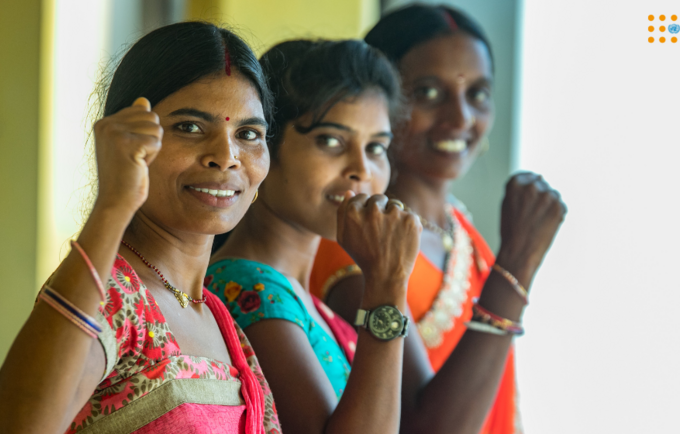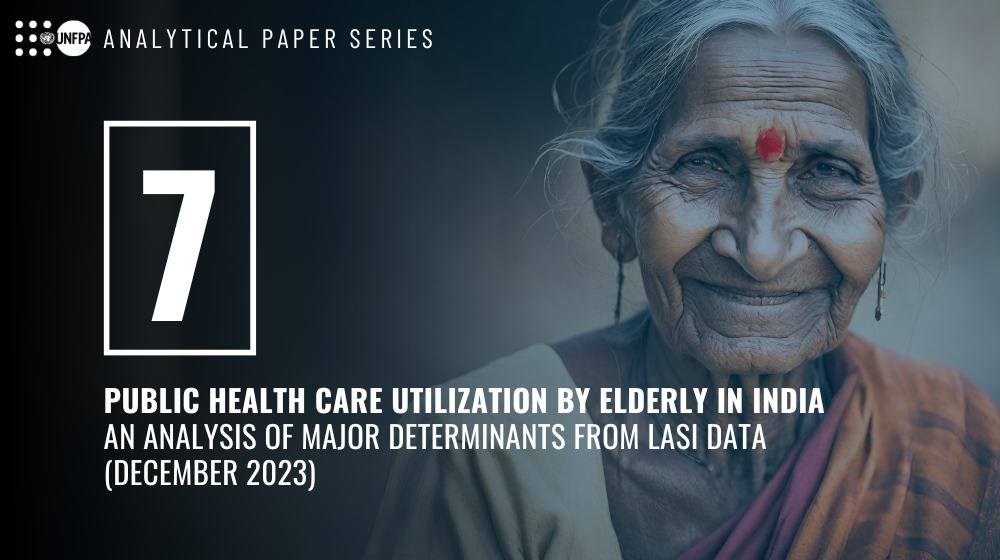As the world population touched eight billion in November 2022, India entered into a new age as the world’s largest country in 2023 with a high proportion of the working age population with the potential to produce a ‘phenomenal’ demographic dividend to catapult India into the top three economies of the world in the next 25 years. Our case is that harnessing the gender dividend is even more critical and transformational.
The 2023 State of World Population report paints an optimistic portrait -- ‘8 billion people, infinite possibilities: the case for rights and choices’ by noting that “history has shown that fertility policies designed to increase or lower birth rates are very often ineffective and can undermine women’s rights.” Global experience has shown that family planning targets can lead to gender-based discrimination and other harmful practices. Deleterious effects of such targets include: Prenatal sex determination leading to sex selective abortions and imbalanced sex ratios, preferential health and nutrition for male children, violence against women for giving birth to girl children, and coercion of women to have fewer or greater numbers of children.
In 2021, the Government of India, emphasised its opposition to coercion in family planning, and stated in several forums, including in Parliament, that it did not support such policies, as they would prove to be “counter-productive.” As India’s fertility rate falls below 2.1 (the replacement level), India has a unique historical opportunity. India is a youthful nation, with significant and unique demographic diversity across states that can be converted into economic benefits through additional investments in health, education, and quality jobs for young people -- especially through targeted investments in women and girls. India’s demographic dividend can be further secured by incorporating the impact of mega trends such as climate change, urbanisation, migration and ageing into policy initiatives.
With declining fertility and a change in age structure, a greater number of women will appear in the working age group and have the potential to drive economic growth provided they are healthy, skilled, educated and empowered. This will help reap the so-called gender dividend. A new UN policy brief underlines that higher economic growth combined with investments in human capital determinants such as nutrition and public health, which reduce mortality especially among children; increased levels of education, particularly for girls and women, often associated with declining levels of mortality and fertility; urbanisation; expanded access to reproductive health care services, including family planning; and women’s empowerment and labour force participation will make a difference.
Indian women and girls are knocking at the frontiers of a new future. To unlock their full potential and reap the “gender dividend”, India needs to prioritise at least seven policy actions with adequate investments:
- More women and especially younger women need to get access to modern family planning methods so that they can plan their families. Currently 9% of women have an unmet need. Mission Parivar Vikas with its successful model shows how to reduce the unmet need further.
- India will need to reduce early marriages and unwanted pregnancies as they prohibit women and men from achieving their personal goals and ambitions. One in four women marry before the age of 18. Some states in India demonstrate good practices and lessons, sharing of which across states is the way forward.
- More Indian girls need to complete at least 10 years of schooling, which currently only two out of five complete.
- India will need to tackle and reduce the cases of violence faced by women in public and private lives. One in three is a victim.
- India’s skewed sex-ratio at birth which shows strong son preference has started to show improvements, after decades, thanks to several programmes and interventions in recent years. This momentum needs to continue. India cannot afford the direct and indirect costs of thousands of missing girls at birth.
- More Indian women and girls need to be empowered to work and productively contribute to the economy and society.
- Reducing the digital gender divide will include designing digital solutions with the full engagement of women and girls in co-creation. This will accelerate digital adoption using the major government initiatives such as Digital India Mission.
Ultimately women and girls need to be at the centre of development policies and programmes. Adopting a ‘life-cycle’ approach, where girls and women are empowered at every stage of their lives, gender responsive work arrangements (for both men and women) that enable women to continue engagement in decent work in the long run and improved access to finance will allow women and girls to pursue their life-time aspirations and mobilise untapped potential.
When rights, choices and equal value of all people are truly respected and held, only then can we unlock a future of infinite possibilities.
Much is at stake. For if India succeeds, the world succeeds.
This article is authored by Poonam Muttreja, executive director, Population Foundation of India and Andrea Wojnar, India representative and country director Bhutan, United Nations Population Fund.
Originally published in The Hindustan Times




